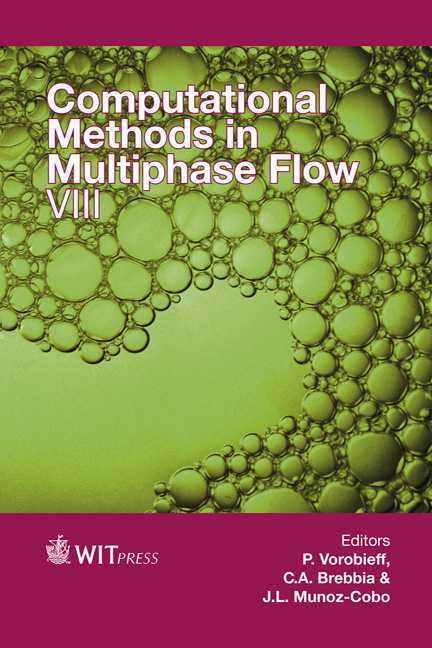CFD Modeling Of Cavitation In Solenoid Valves For Diesel Fuel Injection
Price
Free (open access)
Transaction
Volume
89
Pages
12
Page Range
413 - 424
Published
2015
Size
854 kb
Paper DOI
10.2495/MPF150351
Copyright
WIT Press
Author(s)
N. Kayakol
Abstract
Solenoid valve of the injector flow shows characteristics of bubbly flow. In the valve seat region of solenoid valves the expansion of fuel flow from high pressure to low pressure regions creates bubbles. Two-phase flow characteristics of ball type solenoid valve for diesel common rail injectors are modelled with mixture model approach, which is suited for bubble–liquid flow. The cavitation model is based on the Rayleigh–Plesset equation. The flow pattern of valve geometry can be considered as high speed jet flow which occurs after throttling of high pressure fuel. The SST turbulence model is used to handle vortex formation. In solenoid valves the mass flow rate control with a throttling pipe and then expansion of jet flow in a diffuser cause bubble generation due to flow detachment and vortex formation, where pressure drops below vapour pressure of fuel. This results in cavitation erosion damage. The quantification of the erosive potential of collapsing vapour structures is done with a cavitation erosion index based on work hardening process. The pressure rise due to the impact of a microjet is estimated from classic water hammer approach. It is shown that cavitation model is very sensitive to condensation rate constant and density ratio of diesel and diesel vapour.
Keywords
cavitation, multiphase, computational fluid dynamics, solenoid valve





